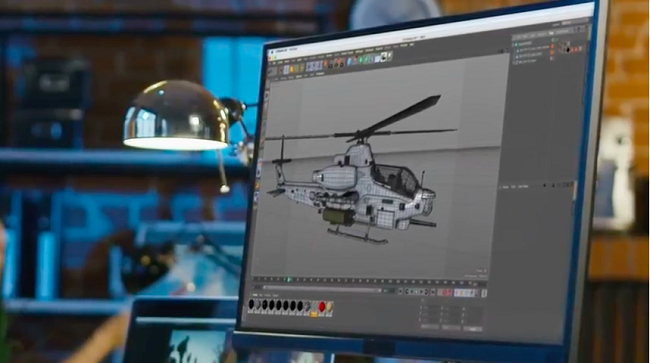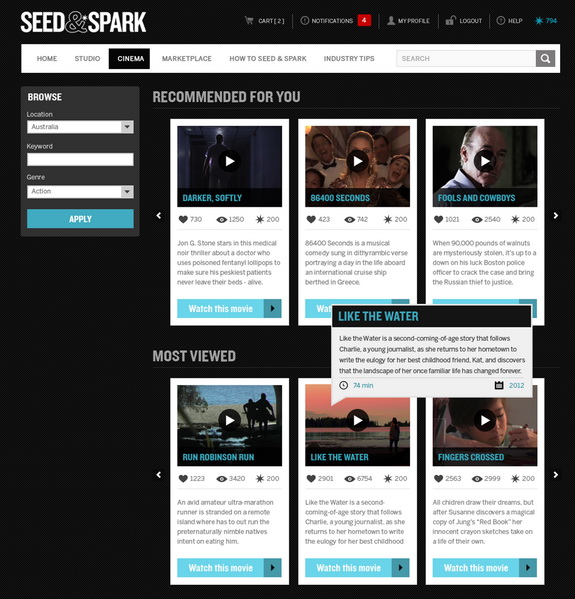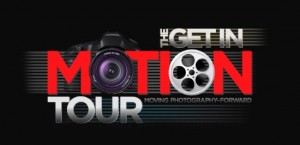Pond5 is a global, video-first content marketplace. It provides production companies, creative agencies, and content creators with every type of media asset necessary for visual storytelling. Pond5 media offerings include video footage, motion graphics, music, sound effects, and more.
 To help content creators complete sophisticated visual effects projects within ever-tightening budget, Pond5 has teamed up with the 3D marketplace TurboSquid to offer more than 100,000 3D models to Pond5 customers.
To help content creators complete sophisticated visual effects projects within ever-tightening budget, Pond5 has teamed up with the 3D marketplace TurboSquid to offer more than 100,000 3D models to Pond5 customers.
The royalty-free 3D models can be used in filmmaking, advertising, TV production, digital media, gaming, marketing, product design, and other applications.
Pond5’s library of 3D models includes categories such as: the human body, motor vehicles (cars, aircraft, boats), architecture, cities, furniture, science and sci-fi, and sports. Assets will be available in the following formats: C4D, OBJ and FBX.
About TurboSquid
TurboSquid’s primary mission is to save artists the time of making a great model. Customers save an average of 27 hours per model purchased, which can be a lifesaver in a time crunch. When customers spend less time making a model, they can focus on adding more on adding their own personality to their creations. TurboSquid’s secondary mission is to help some artists build careers as professional 3D modelers.
You have probably seen TurboSquid models hundreds of times without realizing it. TurboSquid models are used by game developers, news agencies, architects, visual effects studios, advertisers, and creative professionals around the world.
“Pond5 is committed to meeting the needs of all filmmakers by continuously evolving with the industry. The use of 3D models in filmmaking is growing, and with our TurboSquid partnership, filmmakers can now create an entire story using only assets from Pond5,” said Pond5 CEO Jason Teichman. “We’re thrilled to be expanding our collection with the highest quality 3D models from TurboSquid. We pride ourselves on being the most artist-friendly media marketplace and look forward to welcoming many more world-class artists to our ever-expanding pool of talent.”

Supply and Demand for 3D Models
The global 3D animation market is expected to reach USD 28.31 billion by 2025, with the media and entertainment end-use segment projected to account for around 35% of the total revenue share, according to a recent report by Reportbuyer, a leading industry intelligence solution that provides market research reports from top publishers.
In an article published in Variety magazine, a visual effects supervisor noted that the use of VFX shots has risen from 300 in the movie Titanic in 1997 to 3,000 in this year’s movie Avengers: Infinity War.
“The use of visual effects in film has increased exponentially, but there’s a significant imbalance between the growing demand for talent and shrinking film budgets,” said Teichman. “By providing filmmakers with an option for sourcing high-quality visual effects, motion graphics, and 3D models, as well as other vital media assets, we’re helping to narrow this gap, while also providing talented artists with another source of revenue for their work.”
A video about using 3D assets to build a scene in Cinema4D has been posted on the Pond5 blog.






